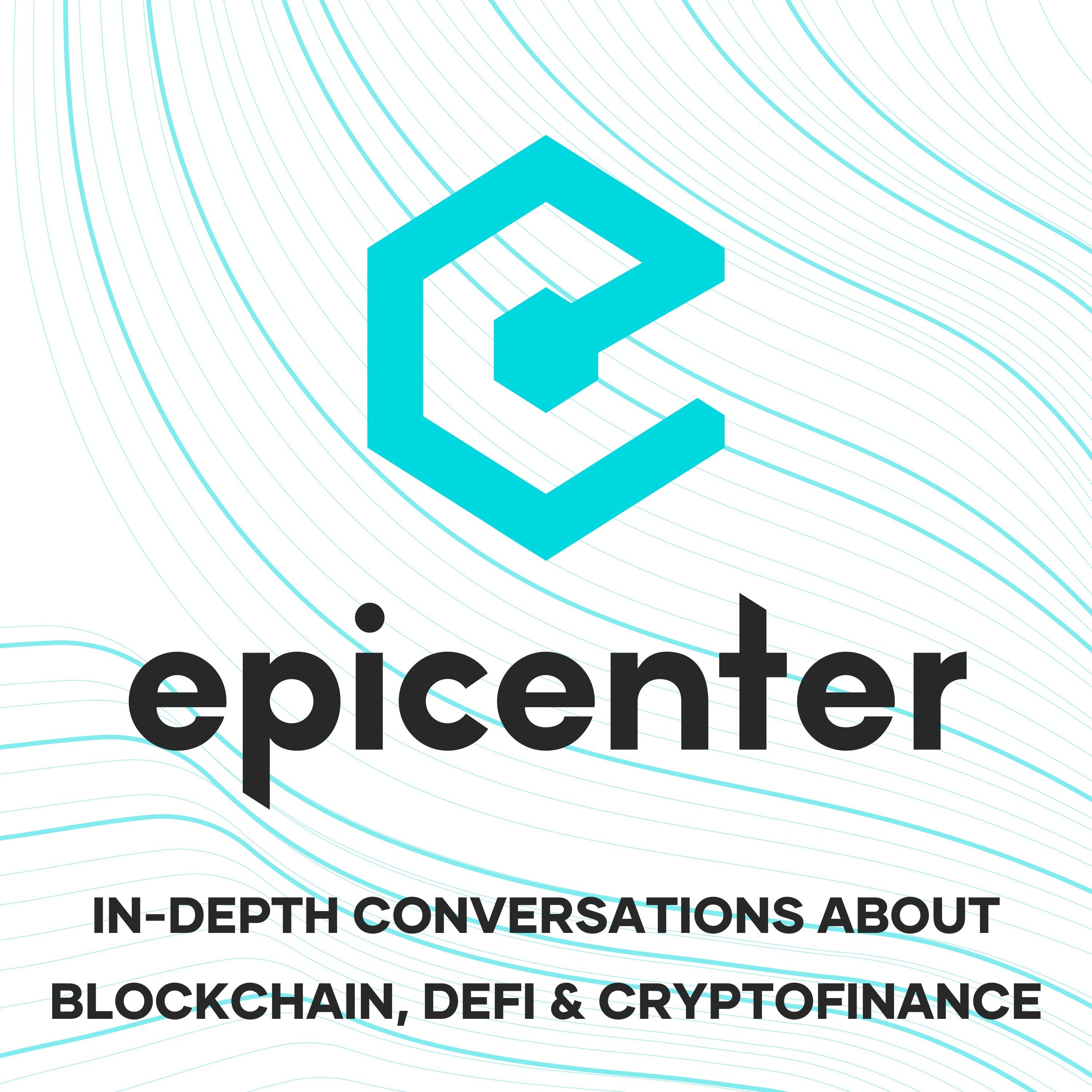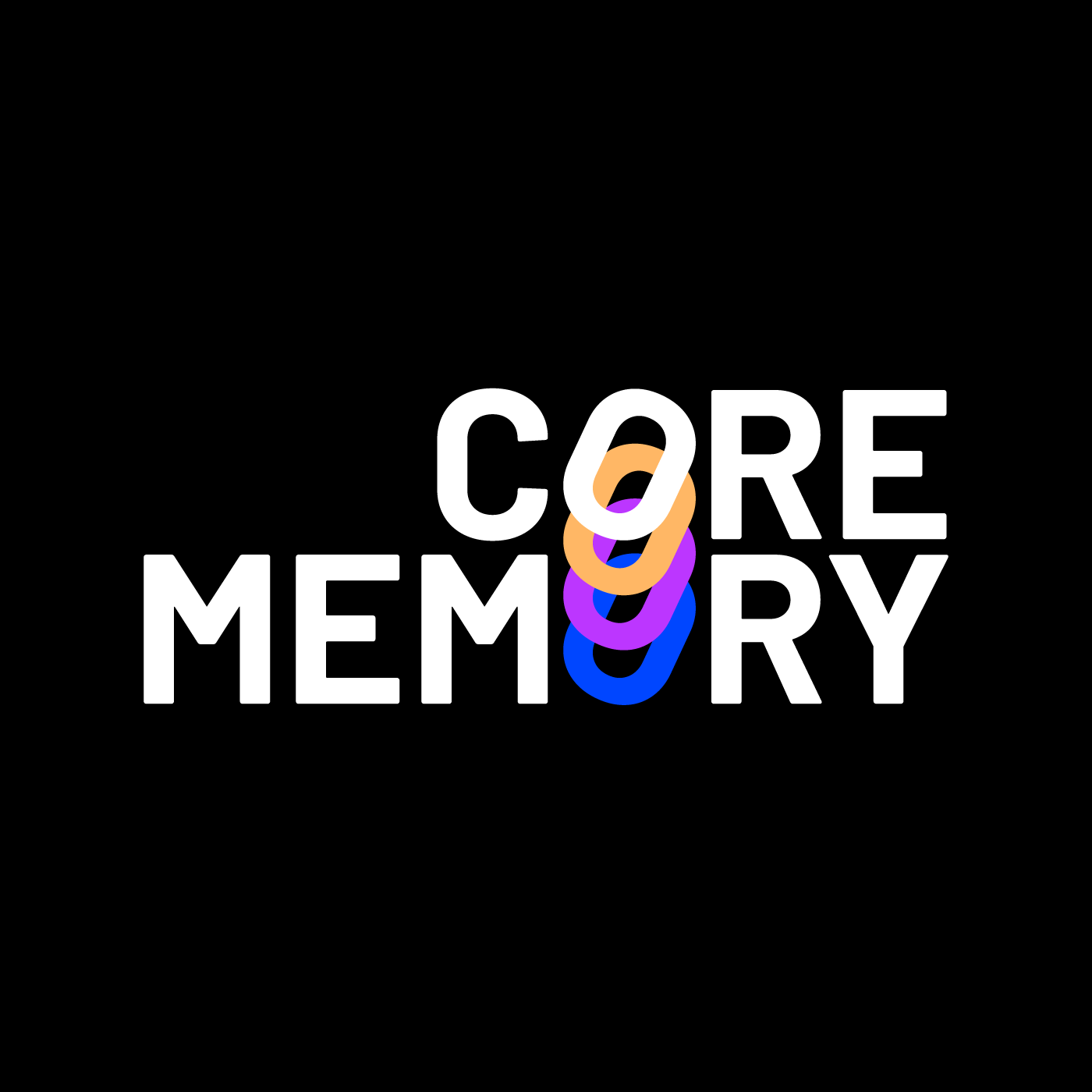Today's Top Episodes
Viewing Podcast: Podcast
AI
Arts
Business
Crypto
Finance
Health
History
Interviews
Investing
Macro
Misc
News
Politics
Product
Programming
Science
Social
Startups
Technology
VC

What will Quantum Computing Change?
Duration: 01:21:41
December 3, 2025
- The emergence of quantum computing poses a significant risk to current cryptographic systems, including those used in the cryptocurrency space, with potential implications for security and asset protection around 2030.
- The cryptocurrency community is generally underprepared for the quantum threat due to a fragmented culture and a lack of widespread understanding and investment in quantum readiness, contrasting with the more proactive approach in traditional cryptography.
- The development of quantum computing is expected to have a major impact across various industries like material science, chemistry, and pharmaceuticals, with potential applications in AI and optimization areas, though the timeline for widespread adoption remains a subject of debate.

DevConnect 2025: Inside The Biggest Ethereum Event in History
Duration: 00:44:43
November 27, 2025
- The Devconnect event in Argentina highlighted the significant daily use of crypto and stablecoins by an estimated 5 million people, showcasing Ethereum's real-world adoption.
- A key innovation at Devconnect was the "world's fair" format, designed to provide a hands-on experience of Ethereum applications and address past criticisms of lacking concrete use cases.
- Privacy has emerged as a critical focus for Ethereum's future development, deemed essential for censorship resistance, user rights, and institutional adoption.

Why is the SEC Concerned about Privacy now?
Duration: 01:02:58
November 23, 2025
- The conversation highlights the landmark Supreme Court ruling that declared the right to privacy a fundamental right for Indian citizens in 2017.
- A significant portion of the discussion revolves around the need for and development of a comprehensive data protection framework in India, drawing parallels with global regulations like GDPR.
- The initiative "Save Our Privacy" is actively working to advocate for a modern privacy law by proposing a model legal code based on seven core principles for public review and feedback.

Yield Basis: Disrupting Defi & Bitcoin Yield
Duration: 01:00:05
November 5, 2025
- Yield Basis aims to eliminate impermanent loss for liquidity providers by using a novel combination of lending and AMMs, effectively offering a "yield-bearing Bitcoin" experience.
- The speaker introduced VE tokenomics on Curve to align governance with the long-term success of the protocol, as opposed to traditional models where voting power is solely based on token quantity.
- Yield Basis has a unique model for splitting yield between those who want to earn protocol tokens and those who prefer auto-compounding value, which dynamically influences token inflation based on market demand.

Lamina1: The Future of The Creator Economy
Duration: 00:59:47
October 29, 2025
- The core issue with Web 3 is premature financialization, which hinders the creation of genuine value and compelling experiences by prioritizing monetary gain over substance.
- A significant problem in the digital age is enshittification, where platforms become centralized and exploitative, leading to degraded user experiences and the erosion of value.
- The success of Web 3 depends on creating genuinely better user experiences that abstract away technical complexity, much like how Amazon made the internet approachable and trustworthy for everyday users.

Is Blockchain still a revolution or another upgrade? Ep.621
Duration: 01:15:34
October 23, 2025
- The conversation highlights a growing concern that Web3 is becoming an infrastructure upgrade for established financial players rather than fulfilling its original promise of decentralization and user empowerment.
- A key theme is the evolving understanding of decentralization, moving from an ideological maximalism to a more pragmatic approach that considers the context and "good enough" levels for specific applications.
- The discussion emphasizes the growing threat of state surveillance and corporate control, with emerging technologies like digital IDs and centralized communication backdoors potentially leading to unprecedented levels of societal control.

Brave: Building the Private User-Friendly Internet - Kyle Den Hartog
Duration: 01:07:04
October 16, 2025
- The discussion highlights that current Web3 identity solutions are often centralized despite the dream of decentralized identity originating from early attempts like OpenID Connect.
- Brave's Basic Attention Token (BAT) model aims to preserve the open web through advertising while maintaining user privacy, but faces challenges in attracting advertisers and offering significant user rewards due to market dominance by players like Google.
- The conversation emphasizes the need for privacy-preserving tools in Web3, particularly in payments and social media, to empower users and prevent the centralization of data and user behavior tracking already seen in Web2.

Noble: Solving Crypto's Liquidity Problem, One Chain at a Time - Jelena Djuric
Duration: 00:41:26
October 12, 2025
- The Noble App Layer, an EVM L2 utilizing Celestia for data availability, is poised to usher in a new era for Noble by enabling DeFi on the platform for the first time.
- Stablecoins are fundamentally different from previous crypto hype cycles due to evolving legislation and their potential to revolutionize the payments industry, with predictions of market growth to trillions.
- The Cosmos ecosystem's strength lies in its underlying technology stack, rather than the performance of its native tokens, enabling specialized app chains while value capture remains a complex challenge.

Benjamin Sarquis Peillard: Cap Labs – Insured Yield & the Future of Stablecoins
Duration: 00:58:02
October 3, 2025
- The guest speaker, Benjamin, shared insights on China's advanced technology adoption and digital economy, emphasizing that mainland China is uniquely progressive compared to Europe and that the macro view of China often overshadows the reality.
- Benjamin argues that stablecoins are perceived as less safe than most people think, cautioning against over-reliance on third-party bridges and unsecured on-chain lending, as well as acknowledging that the industry as a whole is prioritizing scalability over decentralization.
- CAP's stablecoin protocol design employs restaking to ensure deposits, creating a three-sided marketplace where users are protected by smart contracts, and restakers are safeguarded by law, thus balancing decentralized and traditional finance mechanisms.

Mento: Onchain FX Markets - Decentralising World Currencies - Markus Franke
Duration: 01:06:14
September 22, 2025
- Mento leverages oracle-driven fixed price market makers (FPMMs) to offer efficient on-chain FX swaps across 15 currencies, addressing the limitations of AMMs in mirroring real-world exchange rates.
- A single, over-collateralized reserve pool backs Mento's stablecoins, with plans to introduce CDPs allowing users to borrow local currencies by providing dollar stablecoins as collateral.
- Mento aims to facilitate financial inclusion by providing access to local currency stablecoins beyond the standard dollar-pegged options, to better serve retail users and small businesses in emerging markets who operate in local currencies.




